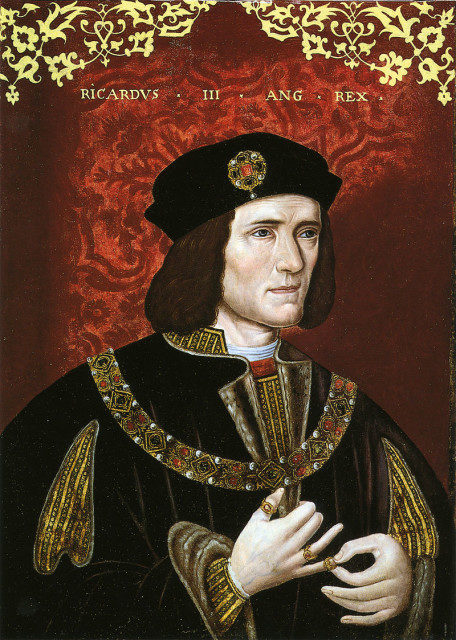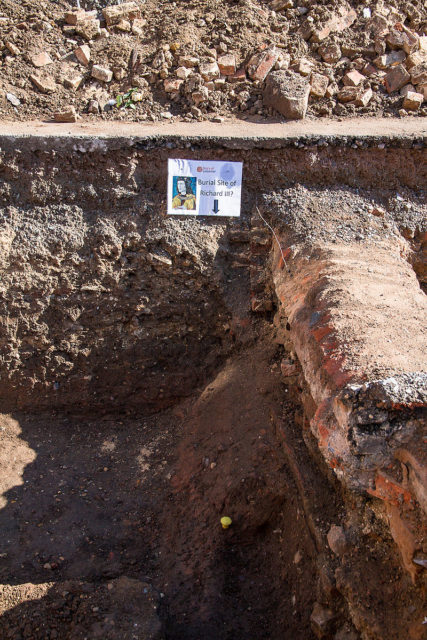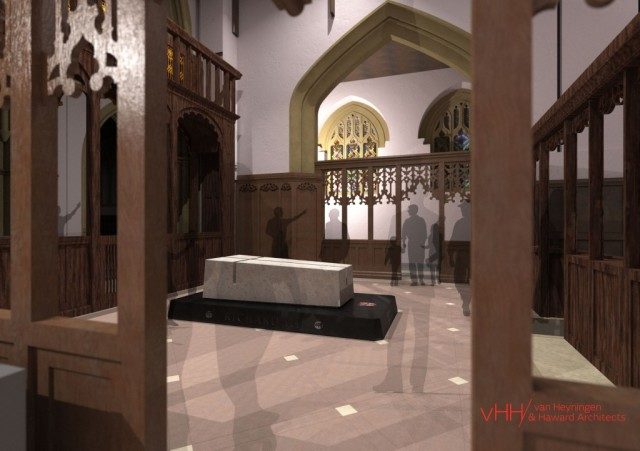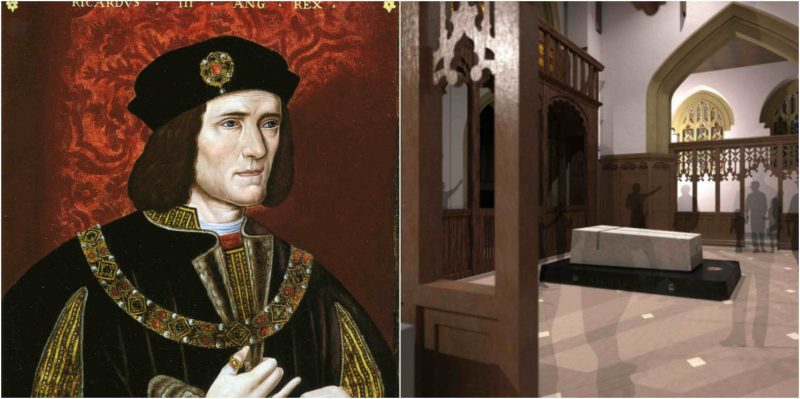Back in September of 2012, construction workers found the skeleton of King Richard III in a parking lot in Leicester. Just last year, on March 26, 2015, the remains were re-interred at Leicester Cathedral. Experts decided recently to recreate the skeleton and the grave of the great king.
King Richard III was actually the last king of England to have died in a battle, being slain in 1485 at the age of 32 during the Battle of Bosworth. He was also the last monarch of the Plantagenet dynasty.
He has now been recreated for the public to view, thanks to photogrammetry. Photogrammetry is a software that can turn many 2D photographs into a 3D model. The University of Leicester Archaeological Services (ULAS) was able to create an extremely detailed and rotatable image of the king’s entire body.

By using the 3D platform called Sketchfab, the users can explore the grave that was actually too short for the king. How can experts tell? It was the way the king’s head was propped up against the wall, like he was slouched.
The Site Supervisor for ULAS, Mathew Morris, said that photogrammetry provides a great tool to let him and other experts view the grave and body from every single angle possible. If they didn’t have the 3D imagery, it would have been hard for them to view the grave and body in its entirety, making it physically impossible to re-create. This 3D imagery also allows experts to view the grave long after its excavation.
Here is a little history about the king:
King Richard III was born in England on October 2, 1452. He only managed to reign for a short time, but those two years were rather memorable in English history. It is believed he committed murder several times, including his nephews Edward and Richard, and Henry VI. Although he was a rather heartless uncle, experts believe he was one of the most successful rulers in England before his death in 1485. Scholars today are still trying to determine how much of his story is true and how much of it is a myth.

When he was born, many people believed he wouldn’t even make it to the throne to claim power. He was actually the youngest surviving son of Richard Plantagenet, 3rd Duke of York, and his wife, Cecily Neville. Richard III was a child when his family had become engrossed in a battle against the Lancastrians for the control of the country. The long, bloody battle is known as the War of the Roses. Richard ended up losing his father, uncle, and one of his brothers in December 1460. Another one of his brothers, Edward IV, had victory against King Henry VI that following February.

Edward IV officially took power in March 1461, making Richard a prince. In 1469, the War of the Roses continued with Richard’s brother losing power in 1470. King Henry VI had resumed his reign, but only briefly. Edward IV was back on the throne within the year.
Richard ended up marrying Anne Neville, gaining a rather enormous amount of wealth. He and Anne only had one child, a son named Edward, around the year of 1476.
In the early 1480s, Richard III had become engrossed in battle. He helped his brother invade Scotland and managed to take over an area of Cumberland and the rights for the lands. After King Edward IV died in 1483, his oldest son, Edward V, took over. Edward V was only 12 years old at the time his uncle had tried to take control from him in May 1483. Both Edward V and his younger brother Richard were taken into Richard III’s care. From there, Richard III took the two boys up to the tower and imprisoned them for the rest of their life so that he could take over the crown for himself.
